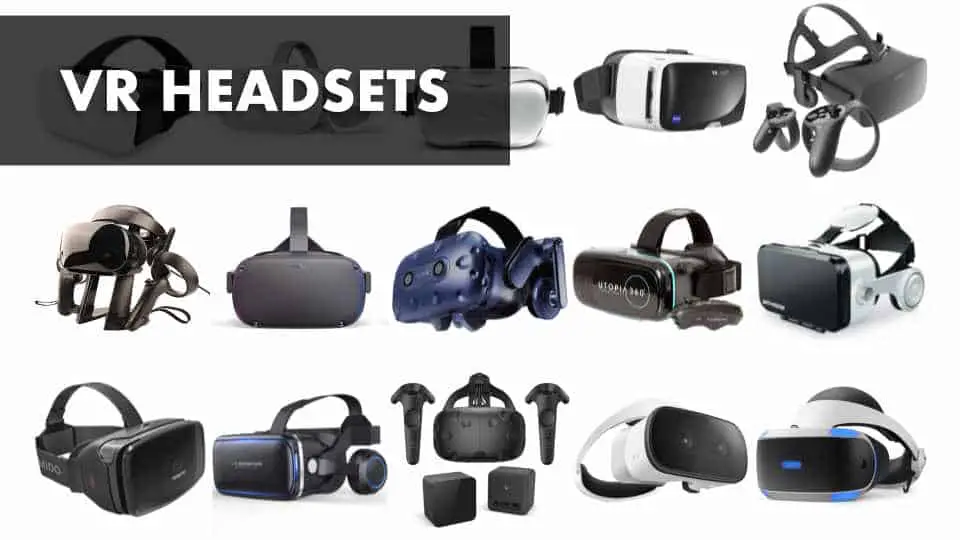Virtual Reality Headsets have hit full-force in 2020 and are now commonly found in most serious gamers’ electronic arsenals. Quality hardware is available, game libraries are expanding, and prices are now “reasonable” for most early-adopting consumers. Interested in immersing yourself in the new virtual realty but unsure whether to leap? This list will show you which VR headsets are currently shipping, which are currently in development, and which have been discontinued. Virtual reality headsets are not yet a commodity, so it is important to balance cutting-edge specs against headset value until more manufacturers enter the market and prices come down. To find out how to get the best bang for your buck, read on …
What Is a Virtual Reality Headset?
A virtual reality headset is a head-mounted display (HMD) that immerses the wearer in a virtual world. Typically comprised of stereoscopic displays (a separate display for each eye), VR headsets can also include eye tracking sensors, microphone arrays for voice-control, integrated speakers for 3D spatial sound, and tracking sensors such as gyroscopes, accelerometers, magnetometers, and structured light systems. Right now, VR headsets are mostly used for gaming. However, enterprise use for simulations, medical and military training programs, and as a sales tool is advancing quickly.
History Of The VR Headset
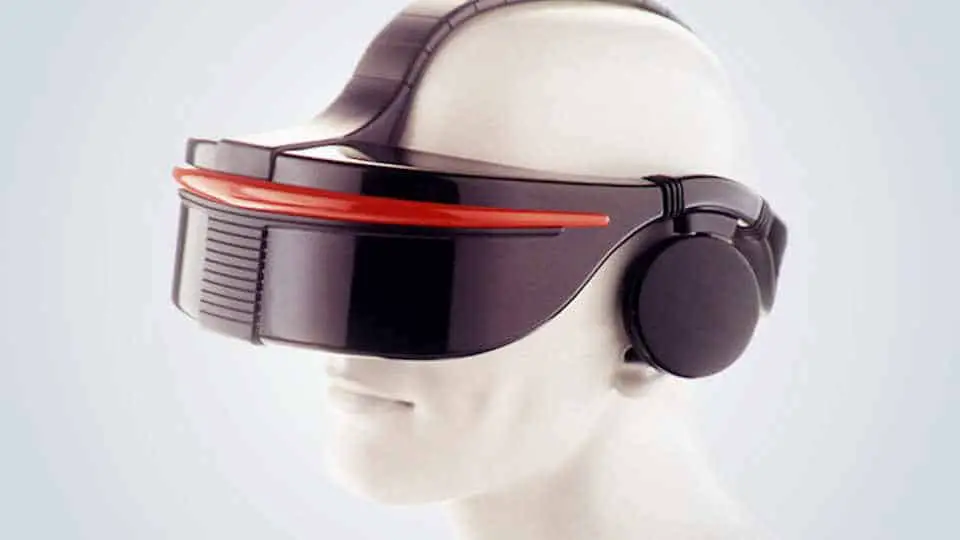
The first virtual reality headset put into the consumer market was the Sega VR which was announced in 1991 and debuted at CES in 1993. However, the technology ended up being used only for Sega‘s high-end motion simulator arcade attractions because the cheaper $200 Sega Genesis console-based version caused severe headaches and extreme motion sickness. Nonetheless, Sega’s HMD was quite advanced for its time and most modern VR headsets stay true to Sega’s early designs.
Oculus Rift, Kickstarter, And The Current Age Of VR

The current “age of virtual reality” as we know it in 2019 really began in 2010 when American teenager Palmer Luckey created a VR headset prototype. This prototype eventually became the Oculus Rift, a $2 million success story on crowdfunding website Kickstarter and a $2 billion acquisition for social media giant Facebook. The Rift’s overwhelming praise from coders and developers, hugely successful crowdfunding campaign, and windfall acquisition by Facebook have been credited with ushering in the current Age of VR we enjoy today.
Guide To Choosing a VR Headset
Choosing a VR headset may sound like a daunting task. However, as the market is still relatively young and has yet to be flooded with a variety of quality offerings, picking the right HMD is easier than you think. You simply need to decide whether you want a VR headset that is powered by your computer or is self-contained, pick a platform that offers the games and apps you want to use, and then stick with one of the brands popular with virtual reality enthusiasts.
• STEP 1: PC/Mac/Console-Based vs. All-In-One
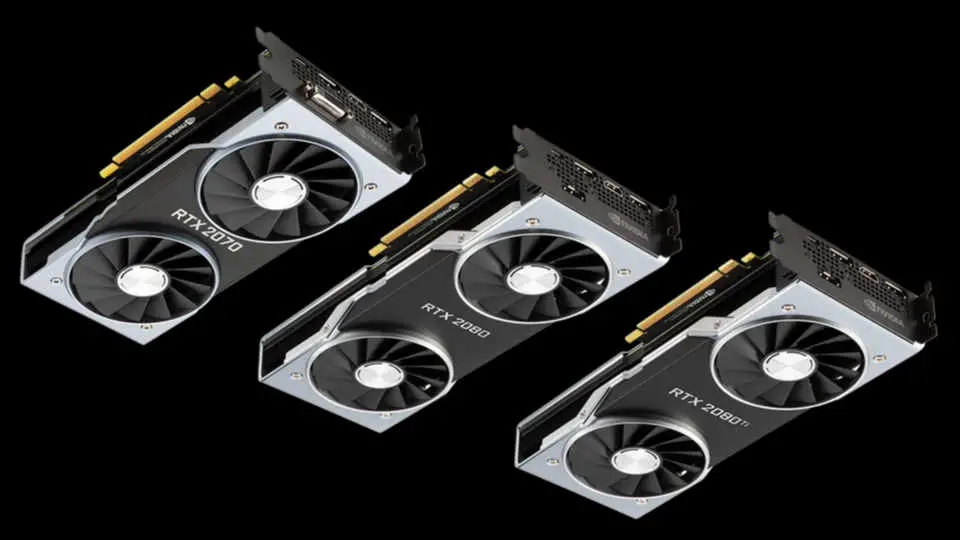
VR headsets require a lot of computing power to run. Generally, a high-end graphics card (GPU) such as a Nvidia GTX 1080 or an AMD Radeon Vega 64 are required at a minimum for smooth full quality graphics. Therefore, your first decision in purchasing a VR headset is whether you want one that is PC/Mac/console-based or a stand alone All-In-One.
The advantages of the PC/Mac/console-based VR headsets are that they tend to be more powerful (based upon your computer’s specs), can be easily upgraded (by upgrading your computer’s GPU), are much lighter on your face (processor and GPU located in computer, not in your headset), and they are often able to be used across various VR platforms.
The advantages of the All-In-One VR headsets are that the VR system as a whole is cheaper (if your current computer is not up to the pixel-pushing task), they are easier to setup and maintain (typically designed to just put on and play), and they are mobile (dragging your desktop computer to a party just isn’t going to happen).
• STEP 2: Pick A Platform – Oculus vs. SteamVR vs. VivePort vs. Windows Mixed Reality vs. Sony Playstation VR

The VR platform for your HMD is much like the operating system for your computer. It is the virtual world from where you will purchase, install, and interact with your VR games and apps. There are currently five main platforms for your VR world: Oculus, SteamVR, VivePort, Windows Mixed Reality (WMR), and Sony Playstation VR. Oculus, SteamVR, VivePort, and Windows Mixed Reality are all currently interoperable or will be soon. This means that you can use a Windows Mixed Reality VR headset with Oculus, SteamVR, and VivePort apps or vice versa. Sony Playstation VR is the only platform isolated on its own little island. However, it may still be a good choice if you are already invested in the Sony Playstation console ecosystem.
• STEP 3: Pick A VR Headset With Good Ratings
The VR headset market is still relatively young, so there isn’t a bunch of crap that you’ll need to sift through yet … although, it’s coming. In the mean time, the are a few VR headset developers and manufacturers who have become standards in the industry: Oculus, HTC Vive, and various WMR headset manufacturers such as HP, Lenovo, and Samsung. If you stick with these tried and true VR brands and read the reviews, you really can’t go wrong.
We will continue to update the list of virtual reality headsets below as new models are released and hope that we have made your decision to jump into the world of VR a little easier.
PC/Mac/Console-Based VR Headsets
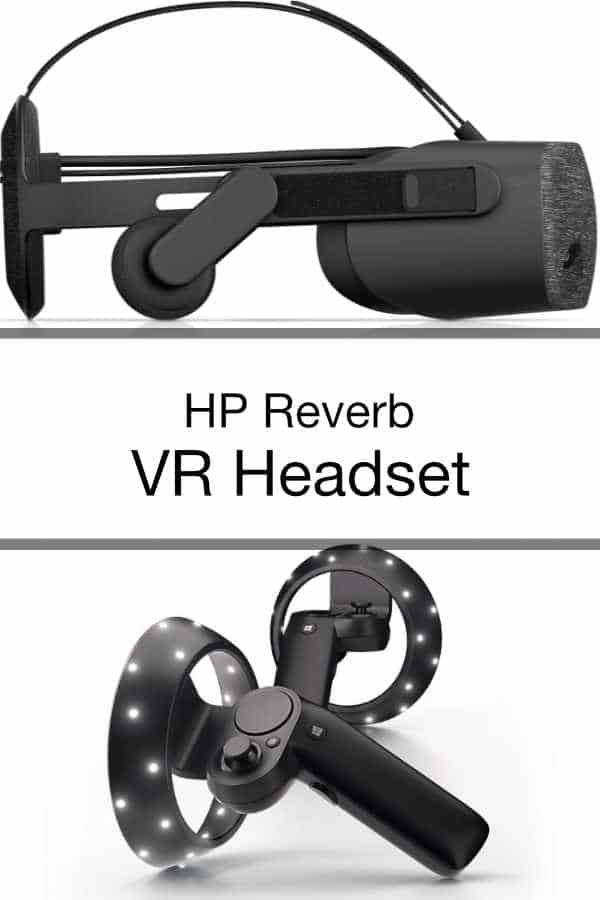 | HP Reverb VR Headset Pro SteamVR, WMR • Dual 2.89″ LCD (4320×2160 @90Hz) • 114˚ FOV • Built-In Headphones • MIC Array • Internal Sensors • $649 • Rated 2.5/5 stars on Amazon |
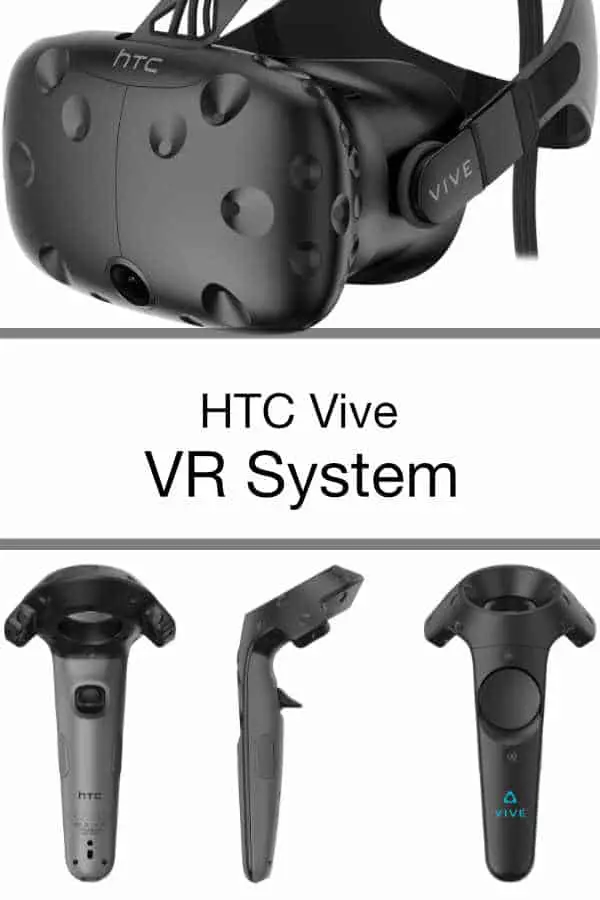 | HTC Vive VR System SteamVR, VivePort • Dual 3.6″ AMOLED (2160×1200 @90Hz) • 110˚ FOV • Earbuds • MIC • External Sensors • $499 • Rated 3.9/5 stars on [Amazon] |
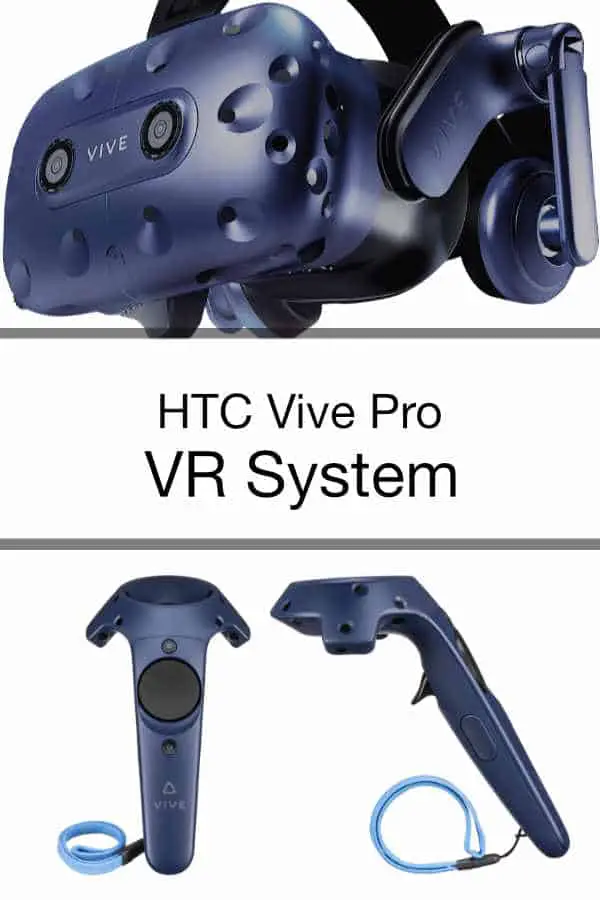 | HTC Vive Pro VR System SteamVR, VivePort • Dual 3.5″ AMOLED (2880×1600 @90Hz) • 110˚ FOV • Hi-Res Headset • MIC Array • External Sensors • $1,399 • Rated 3.4/5 stars on [Amazon] |
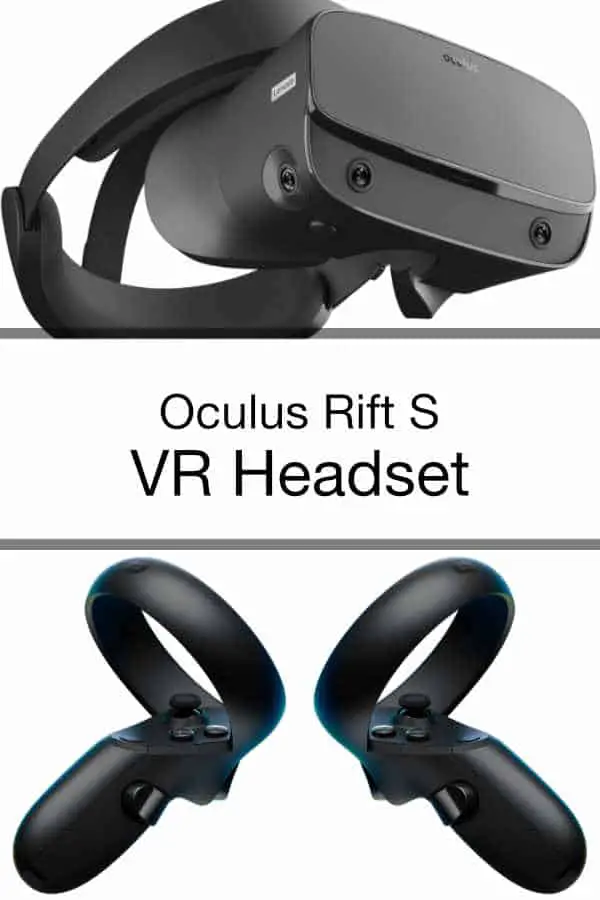 | Oculus Rift S VR Headset Oculus App, SteamVR, VivePort • Dual 3.5″ AMOLED (2880×1600 @90Hz) • 110˚ FOV • Hi-Res Headset • MIC Array • External Sensors • $1,399 • Rated 3.4/5 stars on [Amazon] |
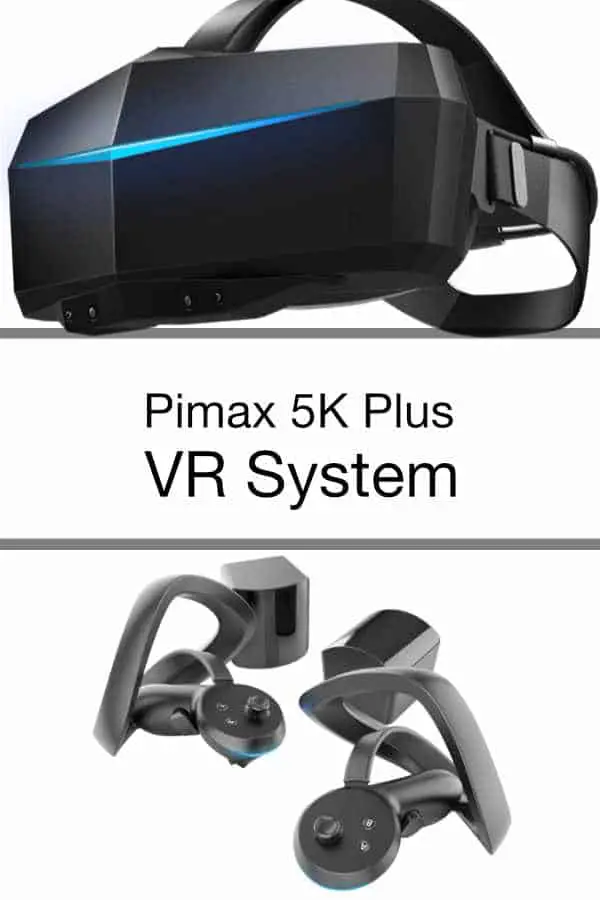 | Pimax 5K Plus VR Headset Oculus App, SteamVR • Low-Persistence LCD (5120×1440 @90Hz) • 200˚ FOV • Audio Jack • MIC • Internal Sensors • $699 • Rated 3.5/5 stars on [Amazon] |
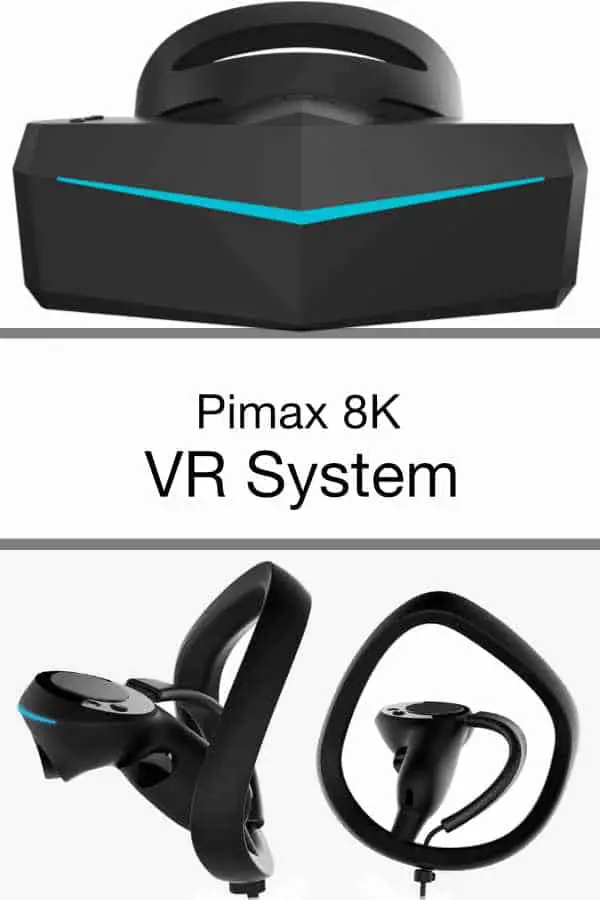 | Pimax 8K VR Headset Oculus App, SteamVR • Low-Persistence LCD (7680×2160 @80Hz) • 200˚ FOV • Audio Jack • MIC • Internal Sensors • $899 • Rated 3.5/5 stars on [Amazon] |
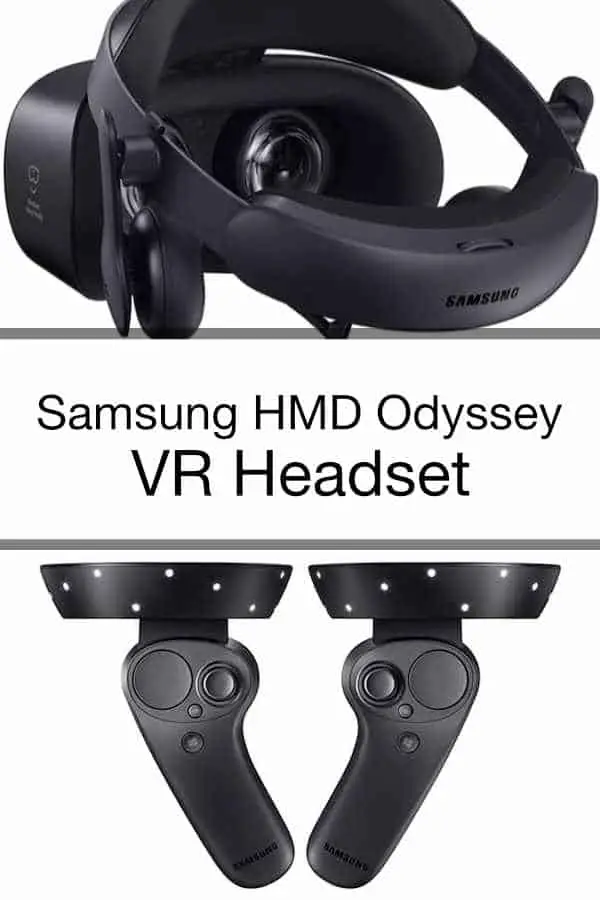 | Samsung HMD Odyssey+ VR Headset SteamVR, WMR • Dual 3.5″ AMOLED (2880×1600 @90Hz) • 110˚ FOV • 360˚ Spatial Sound • MIC Array • Internal Sensors • $499 • Rated 3.9/5 stars on [Amazon] |
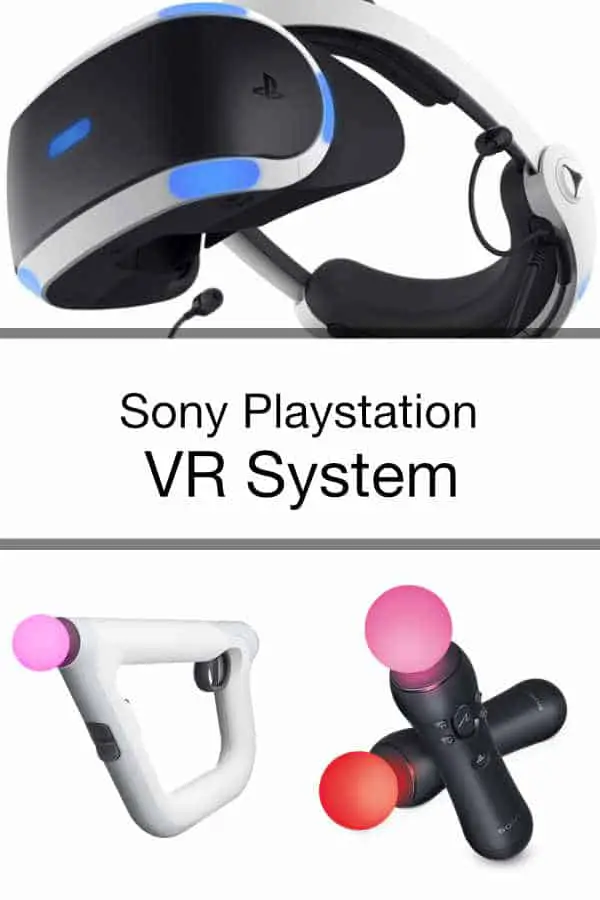 | Sony Playstation VR Headset Sony Playstation • OLED (1920×1080 @120Hz) • 100˚ FOV • External Headphones • MIC • Internal Sensors • $219 (Controllers Not Included) • Rated 4.3/5 stars on [Amazon] |
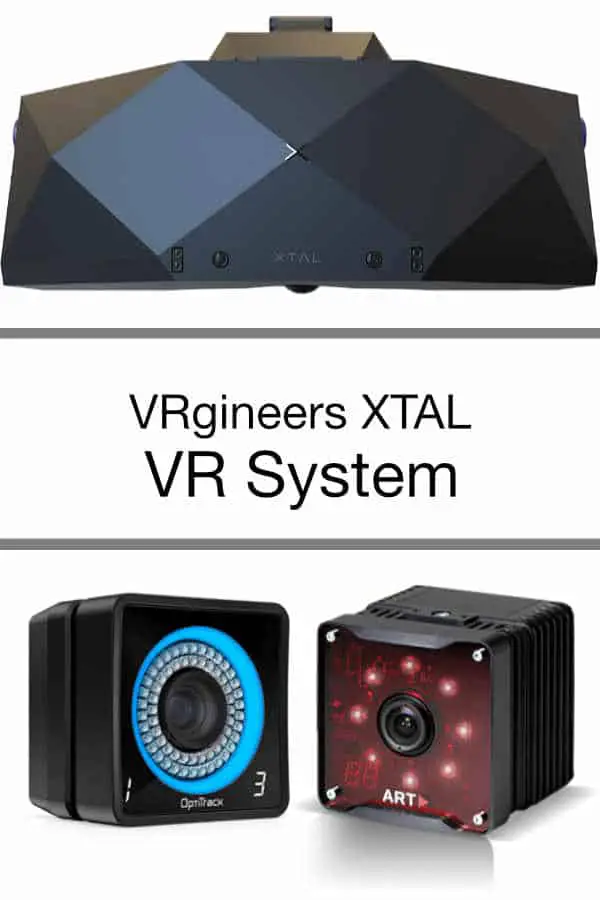 | VRgineers XTAL VR Headset (Enterprise) XTAL App, SteamVR • Dual OLED (5120×1440 @70Hz) • 180˚ FOV • External Headphones • MIC • External Sensors • $5,999 • Not Rated |
All-In-One VR Headsets
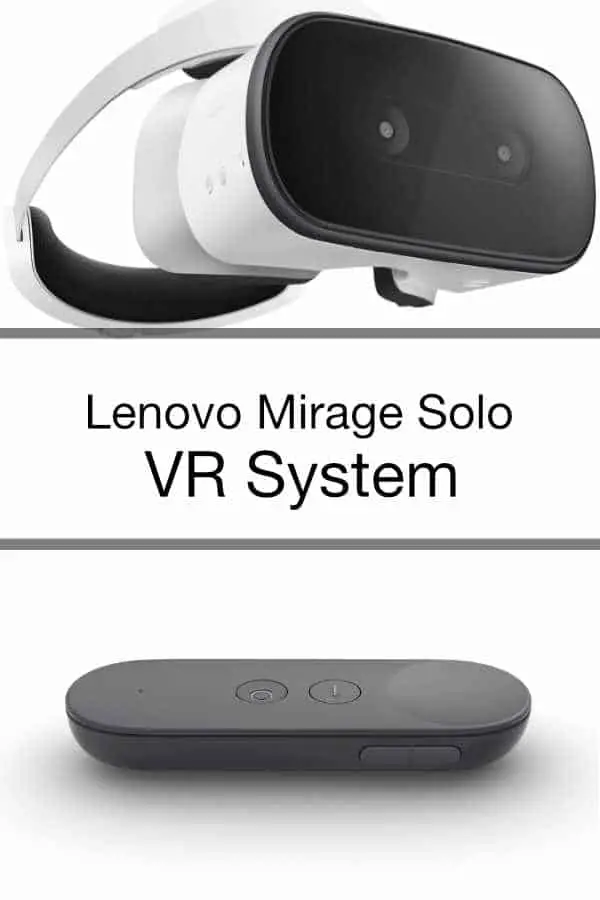 | Lenovo Mirage Solo VR Headset Mirage Solo App • Snapdragon 835 • 4GB RAM • QHD LCD (2560×1440 @75Hz) • 110˚ FOV • Audio Jack •Dual MIC • Internal Sensors • $399 (64GB) • Rated 3.6/5 stars on [Amazon] |
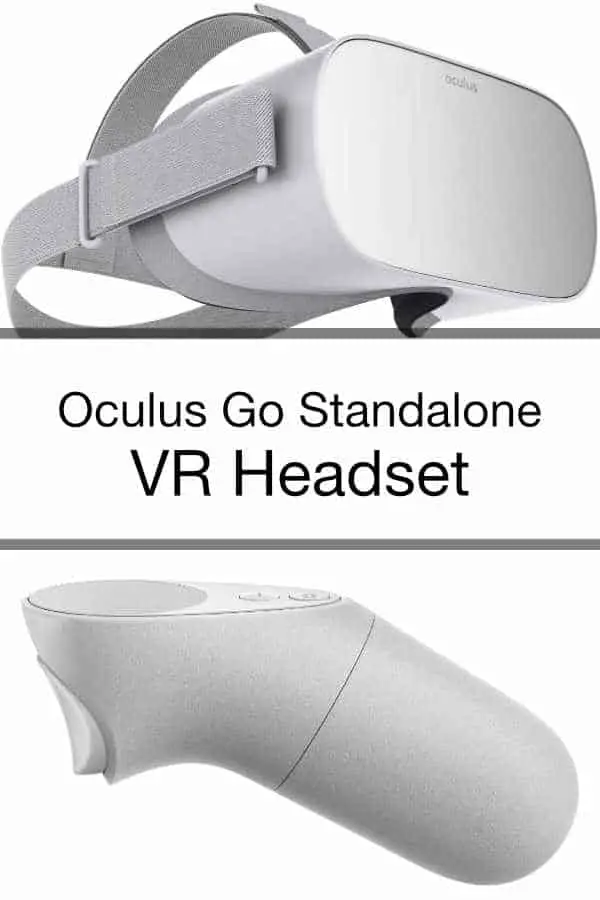 | Oculus Go Standalone VR Headset Oculus App • Snapdragon 821 • 3GB RAM • Fast-Switching LCD (2560×1440 @60Hz) • 110˚ FOV • Built-In Speakers • MIC • Internal Sensors • $199 (32GB) • Rated 4.1/5 stars on [Amazon] |
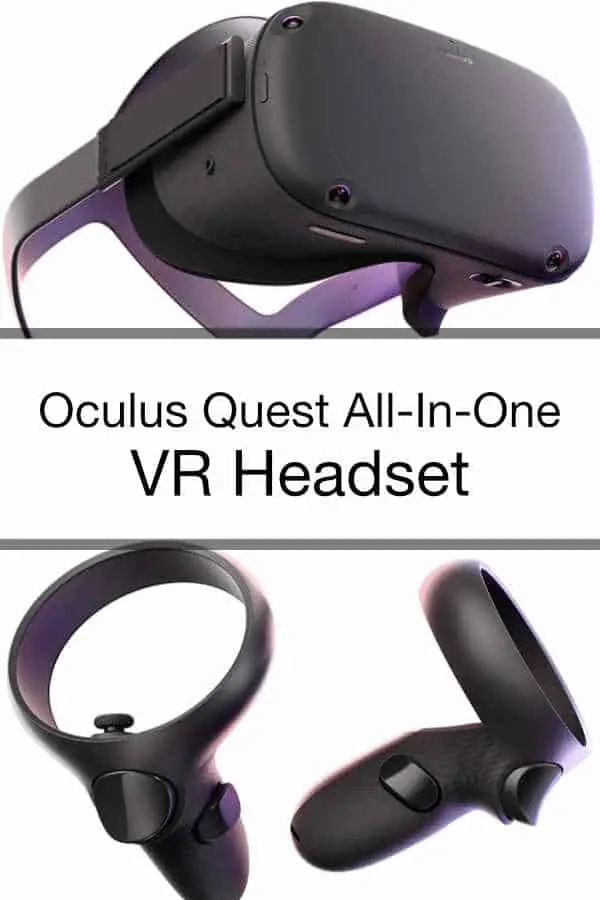 | Oculus Quest All-In-One VR Oculus App • Snapdragon 835 • 4GB RAM • Dual OLED (2880×16000 @72Hz) • 110˚ FOV • Built-In Speakers • MIC • Internal Sensors • $399 (64GB) • Rated 4.6/5 stars on [Amazon] |
VR Headsets Currently In Development
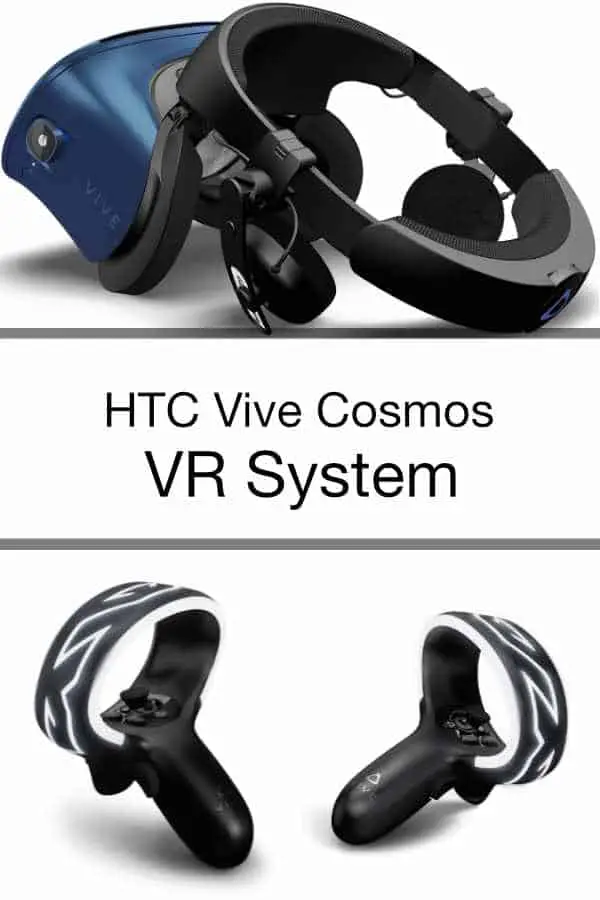 | HTC Vive Cosmos VR System VivePort • Unknown Display Resolution • Unknown FOV • Unknown Sound • MIC Array • Internal Sensors • $Unknown • Shipping 2019 |
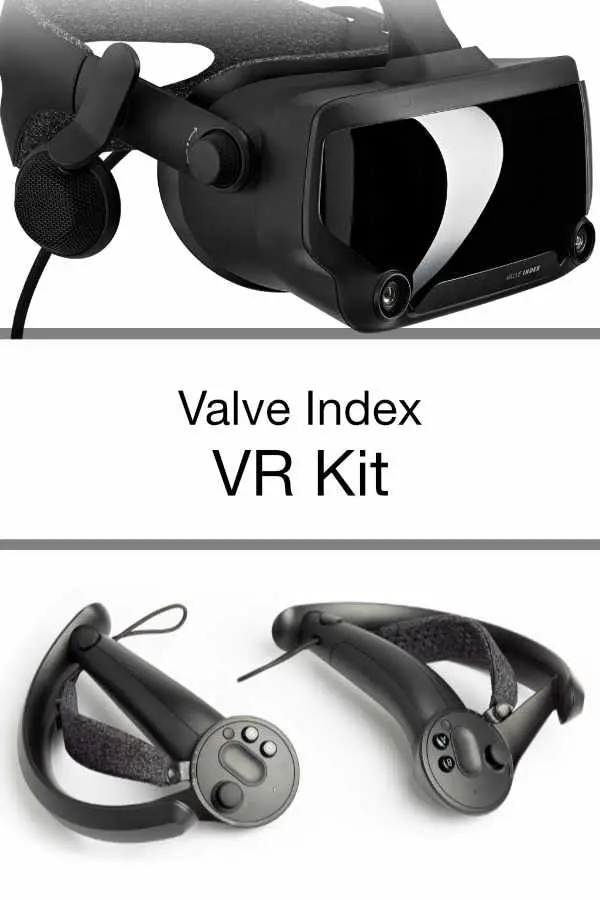 | Valve Index VR Kit SteamVR • Dual RGB LCD (2880×1600 @120Hz) • 130˚ FOV • Balanced Mode Radiators • MIC Array • External Sensors • $999 • Shipping September 2019 |
Discontinued VR Headsets
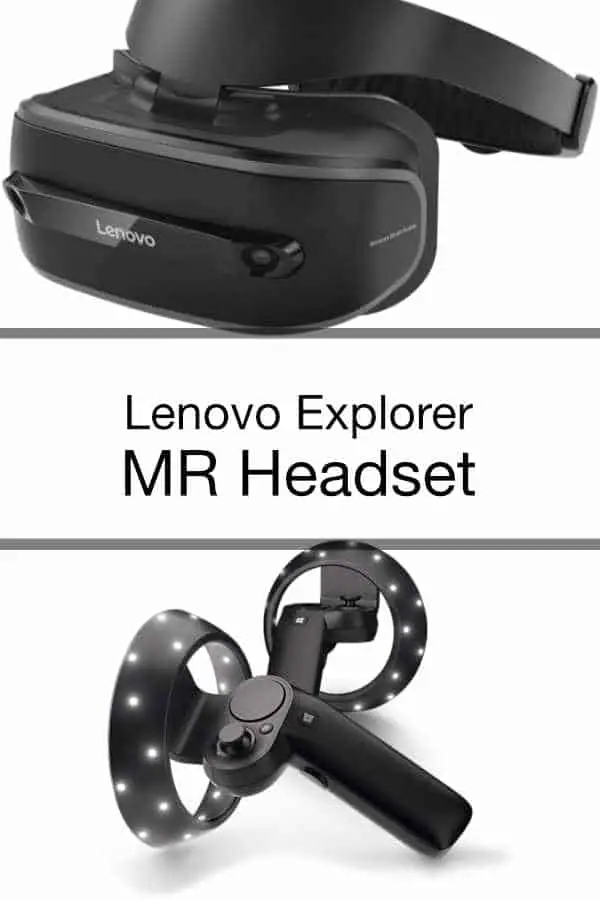 | Lenovo Explorer Mixed Reality Headset SteamVR, WMR • Dual 2.89″ LCD (2880×1440 @90Hz) • 110˚ FOV • Audio Jack • Internal Sensors • $249 • Rated 3.8/5 stars on [Amazon] |
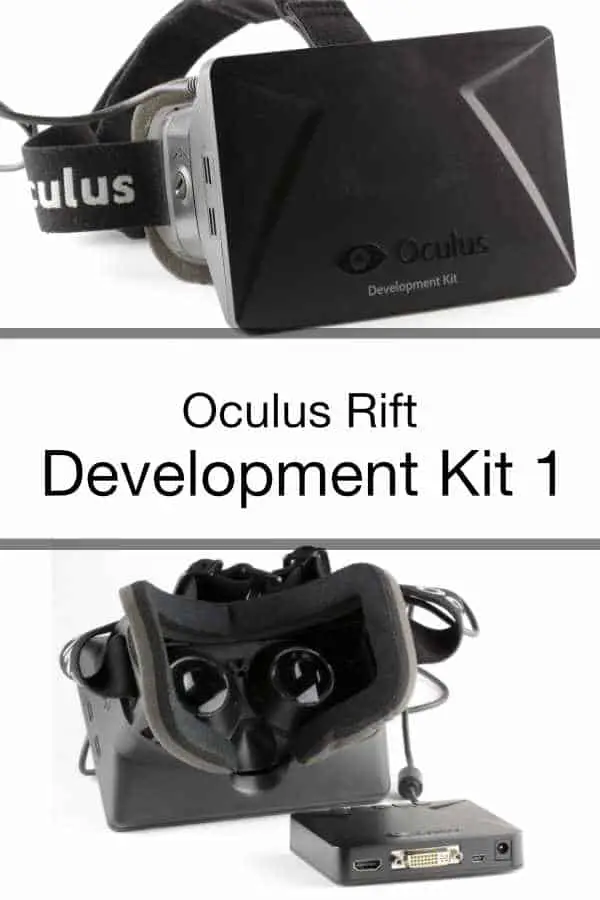 | Oculus Rift VR Development Kit 1 Oculus App • 7″ LCD (1280×800 @60Hz) • 110˚ FOV • Audio Jack • Internal Sensors • $299 • Unrated |
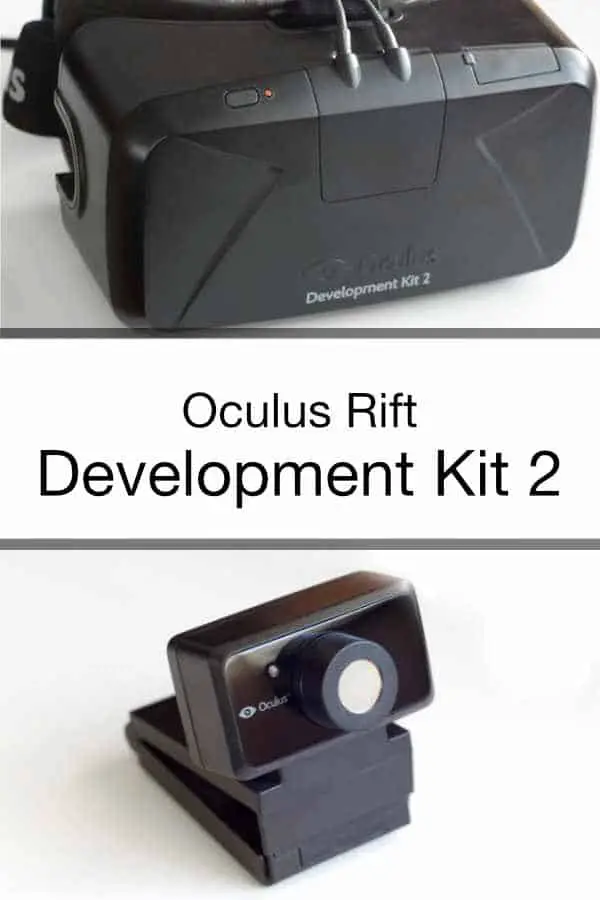 | Oculus Rift VR Development Kit 2 Oculus App • Dual 5.7″ Low Persistence OLED (1920×1080 @75Hz) • 100˚ FOV • Audio Jack • Internal Sensors • $350 • Unrated |
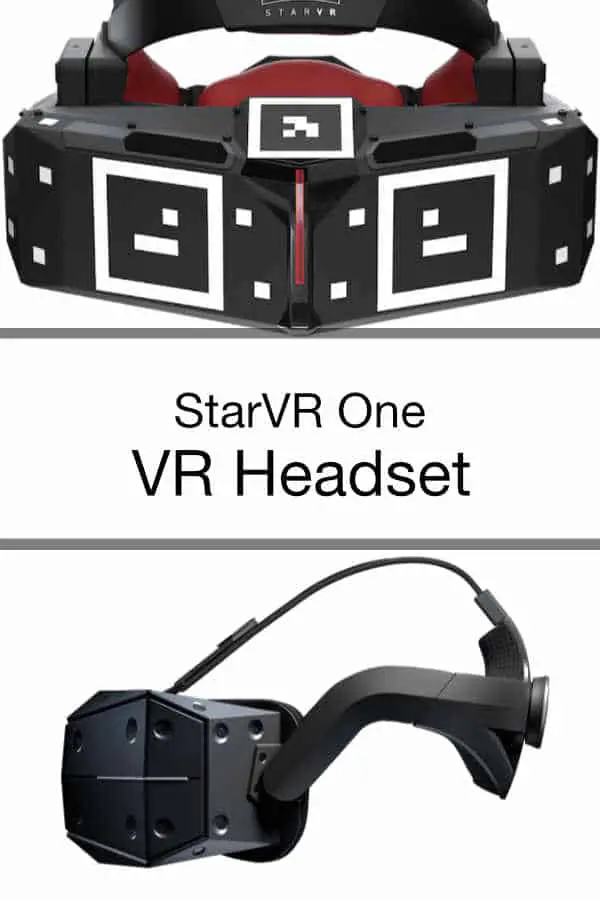 | StarVR One VR Headset (Enterprise) StarVR App • Dual 4.77″ AMOLED (3660×1464 @90Hz) • 210˚ FOV • Audio Jack • Internal Sensors • $3,199 • Never Shipped |
